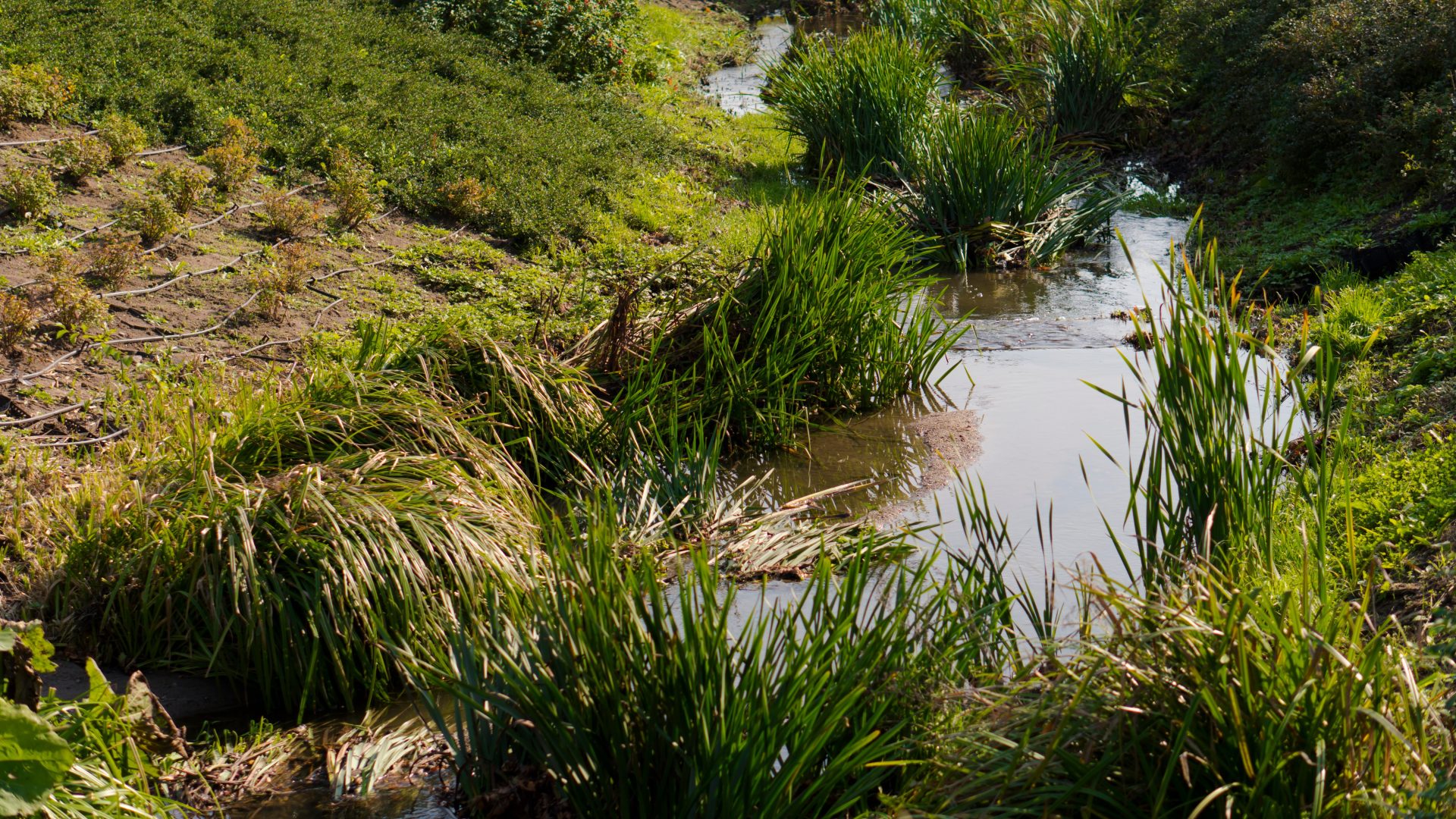The Environment Agency has part funded the creation of three new wetlands in the Evenlode Valley, near Chipping Norton. The project, which was devised and delivered by the Evenlode Catchment Partnership, has created a total of four and a half hectares of wetland habitats adjacent to the Cornwell Brook.
The brook has historically been straightened and dredged, most probably to improve land drainage, but the result is that it leaves the river separated from its floodplain.
Rivers connected to floodplains benefit from slowing moving water and therefore less flood risk to the valley and local communities downstream. They can also naturally filter sediments and nutrients, provide refuge for fish from high flows and create species rich wetland habitats.
Paul St Pierre, Environment Agency Geomorphologist said:
“Working with catchment partners, their network of experienced landowners and long-standing members of the community is a very effective way of delivering these massive projects. So many thousands of hectares of wetlands have been lost over the past hundred plus years that it’s incredibly rewarding and exciting to recreate them again.”
The reconnection to the floodplain has been achieved in innovative and environmentally friendly ways. Parts of the floodplain were lowered using large excavators and the old channel was filled in, encouraging the river to flow across the floodplain and create multithreaded flow pathways. As all material was sourced and reused on site, the carbon footprint was kept to an absolute minimum.
St Pierre continues:
“It will be interesting to monitor how these channels develop and how the rewetted floodplain soils start to provide a network of valuable wetland habitats. In some areas where we didn’t lower the floodplain, we cut away the banks, allowing the river to find its way across the old grassland meadow, before re-entering the existing channel. This has created a large area of slow flowing open water that already attracts large numbers of wading birds and wildfowl.”
Landowner Alex Ward says:
“I’ve been amazed by the birdlife which the new wetland has attracted. Heron and Egret arrived within days, and you could see Mallard feathers after a few weeks. Within six months this wetland has turned unquestionably the least attractive part of the farm into a paradise for ducklings, Ringed Plover, Sandpiper, Yellow Wagtail and Wheatear. I am looking forward to seeing what it will look like in two, let alone five years’ time.”
Ann Berkeley the Project Manager from the Evenlode Catchment Partnership says:
“We created three different wetland types. In the upstream wetland we removed a substantial amount of subsoil, creating riffles, pools and backwaters from the in situ gravel terrace materials. The middle wetland simply had the topsoil stripped and the beginning of channels formed to get the water out into the floodplain. The lower wetland had channels created at the start and return of the brook to direct the water into a permanent pasture, no soils were stripped.”



